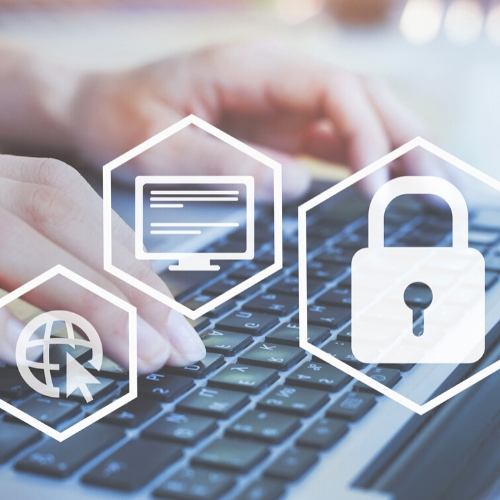In today’s ever-changing world, organizations of all types are moving to meet and hold events online. There are many companies that provide a platform that is easy to use, quick to setup and allow participation from anywhere. One area all organizations should consider when selecting and using these tools is cybersecurity. Today I will discuss what makes a platform secure, and what you can do to support that security. This information is not intended to support any one specific product, but to empower you to make safe choices on any solution out there.
I am going to start with the most common question I get asked: How do we know if an online solution is safe to use? My response is to ask these basic questions in return:
1. Do you trust the company behind it?
Service contracts and solutions that cost a bit more are a company’s way of ensuring they have put extra value into their service to maintain trust and integrity. You should be able to speak to a real person before you purchase a platform to ensure it meets your needs.
2. How important is privacy?
Typically anything that is free or very low cost makes up for it by utilizing your information and profiting off of that. Read a product’s privacy policy to make sure it meets your requirements for privacy.
3. How secure is your login and password?
This may seem basic, but the number one cause of databreach on any online system is not a flaw in the product, but rather a weak or reused password. Make sure you are using unique and secure passwords online!
Once you have chosen an online tool that meets your needs, keeping it secure is ultimately up to you. Many articles recently have been written about online meeting exploits, such as instances where uninvited participants join a private meeting unexpectedly with the intent of either stealing information or simply causing disruptions. These issues are not new, and have been around since before the telephone was invented. Following these best practices will ensure that you do not fall victim, as well. While not all platforms have all these capabilities, the more you use, the safer your interactions will be.
Never post direct meeting invites or links publicly online: Send the link via email or utilize registration pages for people to sign up.
The act of signing up deters most scammers, as they need to provide you with information that could possibly lead back to them.
Always use a password on your meetings.
Even if your meeting link is not shared online, many scammers know how these systems format their meeting links and simply will try every number combination until one of them lets them in. Adding a password will deter these challenges.
Assign a meeting manager or moderator.
This is a technique that has been used for decades in both live and online events: Having someone who is knowledgeable with the tools and is empowered to control the group by muting participants, admitting participants or even kicking out participants. However, this person should not be the person presenting or running the meeting so the speaker is not disrupted.
Utilize “waiting rooms.”
This key tool for meeting moderators (mentioned above) allows them to control access to a meeting just like a bouncer would control access to a club. Waiting rooms allow you to ensure that those who are attempting to join your meeting actually are supposed to be there.
Silo your solutions.
If you are sharing documents or written information during a meeting or event, consider using a different platform for confidential information. Emailing out a file to all meeting participants is typically safer than posting the file within a meeting room. I advise that people should consider anything they write or share in an online meeting platform to be considered publicly accessible. If the file contains sensitive information, use a secure tool designed specifically for securely sharing documents. Most organizations should have this type of tool in place already.
Practice, practice, practice.
There is no better way to ensure security than through experience. Online events and meetings should be prepared for as much (if not more) than in-person meetings. If you are attempting something you have never done before, reach out and try it first with a trusted colleague or friend.
Regardless of the platform, the best way to stay safe is with knowledge. It is critical to take the time to go through product trainings and read through “best practices guides,” so you can understand the capabilities of the system. This knowledge will empower you to ensure that your online events are secure and successful.





